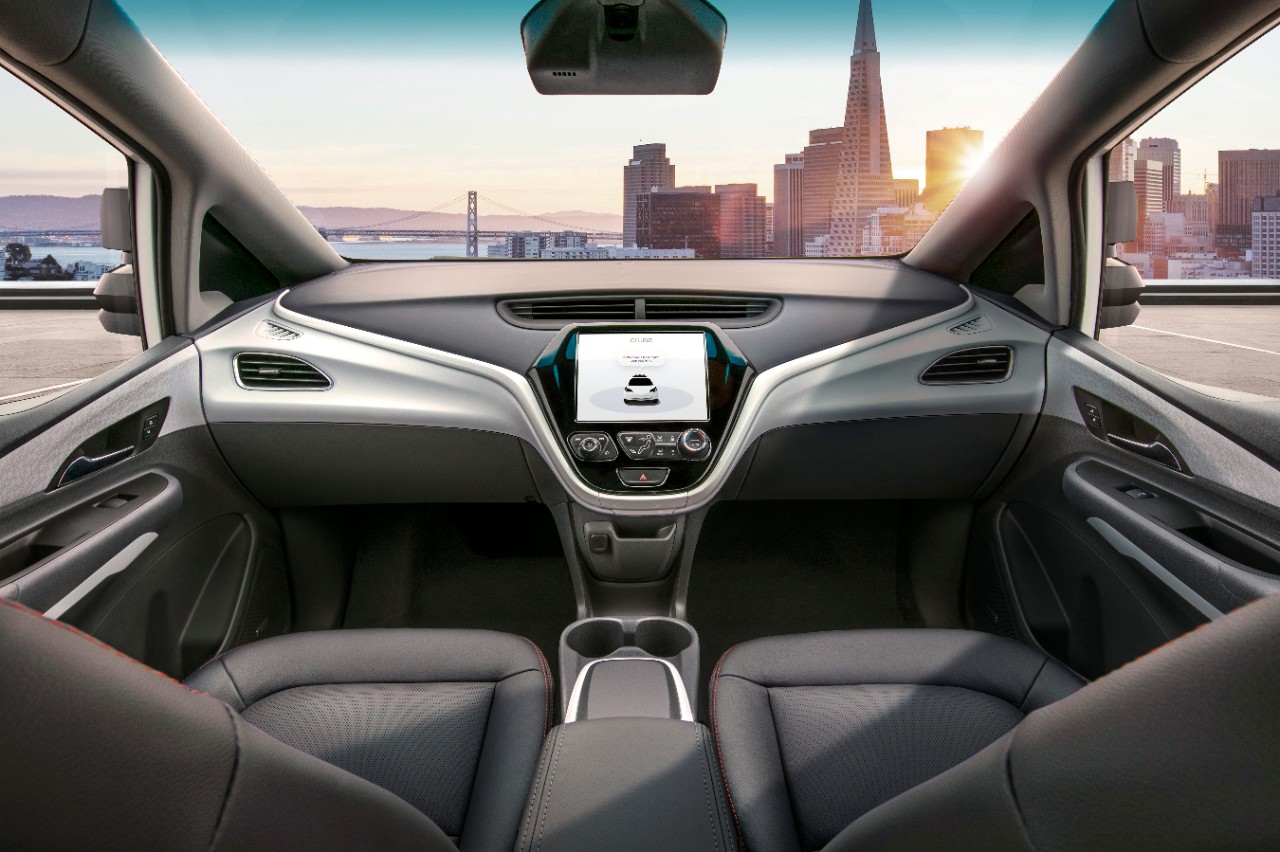Since the turn of the 21st century, automotive industries have increasingly been working towards making vehicles safer for drivers with innovative technology. A recent example of this is autonomous vehicles. Most cars now have cruise and traction control, which are early advancements to the coming years of fully autonomous vehicles that will allow drivers to not even have to well…. drive. Car companies have been in a fierce race for such an achievement.
In 2015, the auto industry saw a spike in AEB (Autonomous Emergency Braking), which has since then brought down the amount of unwanted collisions because of unaware drivers. According to the National Highway Traffic Safety Administration (NHTSA), in 2012 they had researched that at the very least one-third of auto crashes are from rear-end collisions. Therefore, NHTSA has set a requirement that by 2022, almost all new cars will be sold with the AEB systems installed. This will increase the quantity of vehicles sold because of the new technology and prospect of safer driving. However, this is not where the advancements end.
Even though self-driving cars are still in earlier testing stages, how far away are companies from releasing the first autonomous car? Well, with the help of government funding new driving regulations/laws, we may not be far off. Experiments are already in the works to get even more new technology implemented. Testing has been done with a sensor on the top of the vehicle that has 32-64 lasers and operates in 360 degrees. Much like the AEB system, these sensors will allow reverse camera assist and collision avoidance. The lasers are there to detect surrounding objects and their distance from the vehicle. This will allow the driver to sit back without having to steer or control the vehicle. Seemingly, the final thing to think about when developing this technology is how speed will be controlled.
The advanced technology with GPS systems in vehicles has increasingly improved over the past decade. GPS systems can now detect the speed limit of any road you may be on, and if you’re exceeding that speed limit. This exact technology in the GPS system is what will help observe and control the speed of autonomous vehicles. Development will be done so that it will have the ability to correctly measure how fast you are going (miles per hour on the gauge) by sensing the motion of the car’s wheels and the tachometer.
With autonomous vehicles, people could potentially be completely dependent on technology when driving. The concern with technology is knowing that it could fail. With the vehicle virtually replacing the human eye with sensors and cameras, we are creating a vulnerability. The sunlight and weather, such as freezing temperatures and excessive heat creates wear on them. Putting weather conditions and UV rays aside, how will self driving vehicles detect a defective traffic light, road work, or construction zones making the roads differ from their original state?, considering GPS systems are not always be up to date. The next step will be finding a solution to these problems. Can we one day safely rely on technology to drive?






